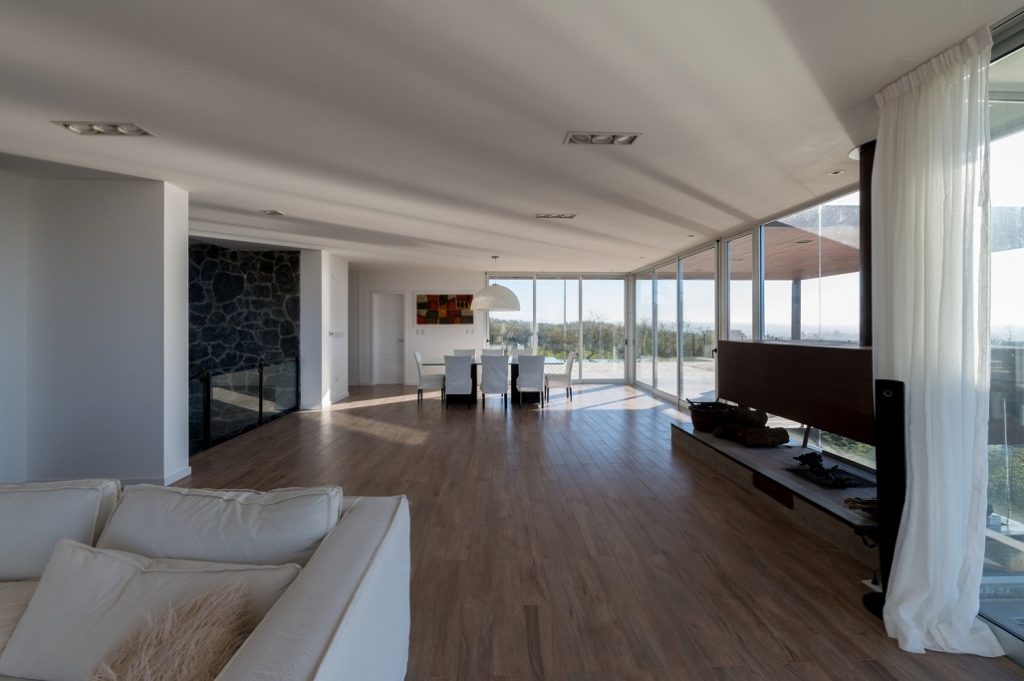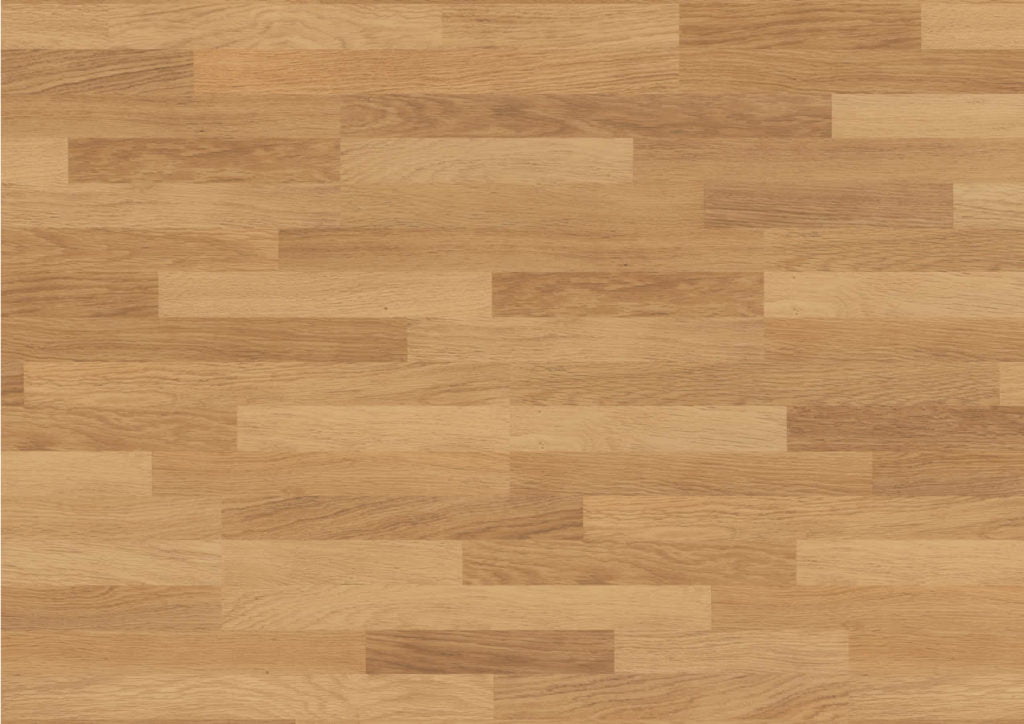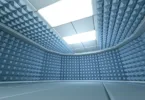Laminate flooring: The ultimate guide to laminate flooring, including what to consider when buying and laying the floor in your newly designed space. Rather than just a cheaper alternative to natural wood or stone flooring, laminate flooring is available in a spectrum of styles to offer a beautiful and durable complement to any decor. When purchasing laminate, there are a lot of variables to keep in mind, like the surface on which the floor will be laid, in what room it’s going, cost and the look of the space.

What is laminate flooring?
Laminate flooring is sometimes called a “floating floor” or “floating tiles” because it can be laid right on top of existing linoleum, sub floor or on any hard surface, including concrete, without gluing it or fastening it to the floor. It’s made by bonding four layers of materials together, coated by resin on the top and bottom.
Types of laminate flooring
Laminate flooring can resemble anything, but it most commonly mimics the look of stone, tile or wood. Though the patterns can be relatively convincing, their repeating nature often gives away their manufactured origins.
Laminate flooring also comes in glueless “click” format, while other types need glue applied during installation. Others still come “pre-glued,” but may need the glue to be moistened when the floors are laid.
Laminate flooring consists of:
- Wear layer: The wear layer is the top layer of flooring that gives the whole floor a shiny, finished appearance. It also gives the floor much of its strength and durability. It protects the flooring from pet’s claws, chair legs, kids’ toys and all other daily wear. It also protects the printed layer from the sun’s rays, which could otherwise discolor it over time.
- Printed layer (or decor layer): The printed layer is the look of the laminate vs bamboo flooring, the pattern or markings you see. It can look like natural wood flooring, stone or marble, and comes in a variety of colors and patterns.
- Fiberboard layer (or core layer): High-density fiberboard (HDF) is made up of processed softwood, which is mixed with resin and wax. This layer is formed with both heat and pressure, creating panels. The panels are then cut so that they “click” together, eliminating the need to attach each board with the floor or another board.
- Backing layer: This layer helps to keep the flooring straight and even, and is sealed to keep out moisture, so your flooring shape and stability won’t be compromised from underneath. Some higher-end laminates also include foam padding, eliminating the need for a separate underlay for the flooring.

Where to install laminate flooring
Laminate is manufactured to be tough and sound regardless of where it’s installed. Still, extra steps may be necessary when it’s installed in basements, bathrooms and kitchens. When installing below grade (below ground level like in a basement), a moisture barrier should be installed between concrete and laminate to keep natural humidity away from the flooring.
In bathrooms, laminate can outperform hardwood for ease of cleaning. But particularly in full baths where moisture is common, glue should be used between laminate planks to make sure any drips or leaks in the bathroom don’t make their way in between floorboards. For kitchens and baths, silicone sealer is also recommended where the floor butts up against walls, tubs and toilets.
How to buy the best laminate flooring
Now you know where you can install laminate flooring, but how do you choose the best laminate flooring to buy? There are a few factors to consider:
Laminate flooring thickness
Available in thicknesses of 6 to 12mm, a laminate plank’s thickness will determine its sound insulation, its resistance to warping over time and how well it masks imperfections on the floor beneath. A smooth subfloor will allow for a thinner plank, while a thicker plank will be necessary for more uneven floors. Generally speaking, thicker planks are more expensive to buy.
Laminate flooring width
Just like many other flooring types, laminate comes in planks of various widths, ranging from 3 inches wide to 7 inches or more. Which you choose will depend on price, the size of the room and personal preference. Smaller spaces often do well with narrower planks, both for looks and for ease of installation, while a big, wide room may look better with wider planks.
Texture of laminate flooring
While many laminate floors offer a smooth, even surface, others are textured or embossed to more realistically imitate natural materials. Some have wood grain-embossed textures or are bumpy like natural stone. Laminate floors are also available in a distressed-look to mimic antique floors. Patterns and textures may hide wear and tear on the floor, and testing shows deeply textured floors don’t suffer damage as quickly as smooth ones. Personal preference and ease of cleaning will be deciding factors in which texture you choose.
Read laminate flooring reviews
Any new flooring is a big investment in a home, so get as much information as possible before making any firm choices. Reviews and ratings are a great way to determine the right flooring for you. In particular, seek out AC (Abrasion Criteria) ratings which determine the durability of the flooring. It is especially crucial to consider AC ratings when flooring a kitchen, a well-used hallway or an entryway of a home.
AC ratings range from AC1 to AC6. Lower-range AC ratings are manufactured using direct pressure laminate, while AC5 and higher are created using high-pressure laminate. Generally speaking, higher-traffic areas of a home should do well with an AC3 or AC4, while lower-traffic areas like bedrooms can use a lower AC rating.
If you are in need of a new lighting fixture? Or maybe a wall painting? – Browse through Interior design style marketplace and find your favorite decorative pieces that suits your style.
Installing laminate flooring
One of the reasons laminate floors are so popular is because of their ease of installation. Panels are manufactured to fit tightly together, so DIY installers can easily put the floor down themselves, sometimes completing a whole room in a day. To install a laminate floor, you will need the following tools:
- Circular Saw
- Jigsaw
- Hammer
- Tapping block
Depending on the space, a designer saw might also be useful for cutting the wood panels into shape. Professionals can also install the flooring at minimal expense because the panels go in very quickly. Generally speaking, installation can cost about Rs 100 to 175 per square foot.






